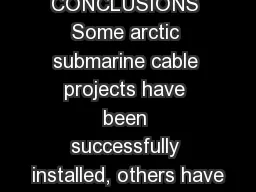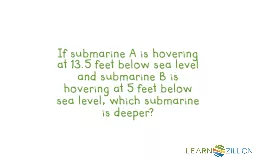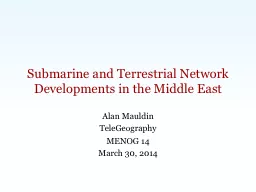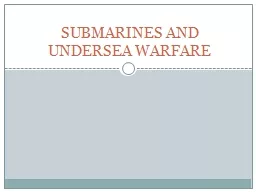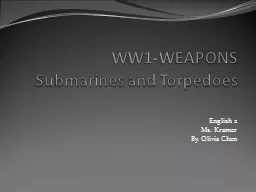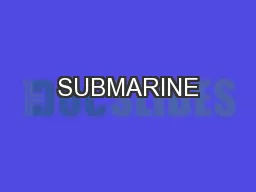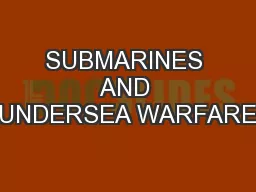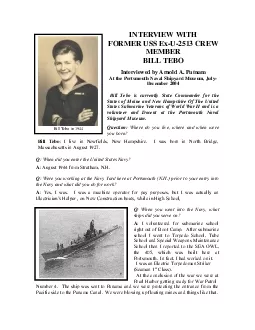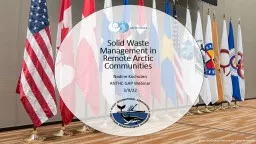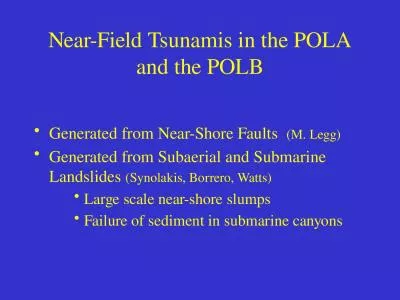PPT-4 . CONCLUSIONS Some arctic submarine cable projects have been successfully installed,
Author : alexa-scheidler | Published Date : 2018-12-24
By clearly identifying the arctic risks to submarine cables the telecoms industry will hopefully be better prepared for future projects The technical means to reduce
Presentation Embed Code
Download Presentation
Download Presentation The PPT/PDF document "4 . CONCLUSIONS Some arctic submarine ca..." is the property of its rightful owner. Permission is granted to download and print the materials on this website for personal, non-commercial use only, and to display it on your personal computer provided you do not modify the materials and that you retain all copyright notices contained in the materials. By downloading content from our website, you accept the terms of this agreement.
4 . CONCLUSIONS Some arctic submarine cable projects have been successfully installed,: Transcript
Download Rules Of Document
"4 . CONCLUSIONS Some arctic submarine cable projects have been successfully installed,"The content belongs to its owner. You may download and print it for personal use, without modification, and keep all copyright notices. By downloading, you agree to these terms.
Related Documents

